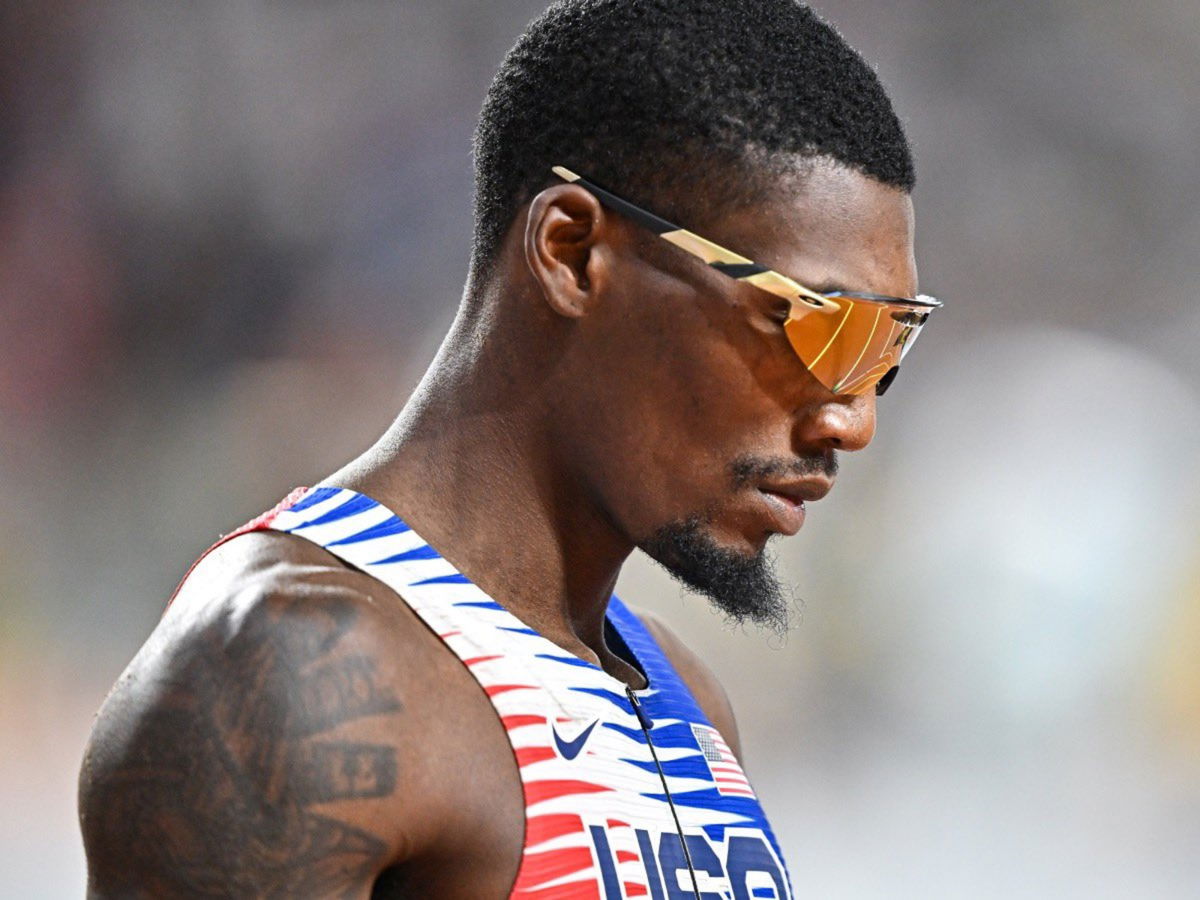

US Olympics Track and Field trials 2024 – An Oakley athletic wear, the Nike Air Zoom Maxfly spikes, and a razor-sharp focus, was what Fred Kerley donned when he clocked 10.03 seconds while crossing the finish line in 100m heat, moving to the semifinals. However, on June 9 at Icahn Stadium on Randalls Island in New York City, Kerley stirred up controversy by wearing orange Puma spikes. This left his fandom to ponder over one question: Will Puma be the sponsor for his Paris Olympics dream?
Watch What’s Trending Now!
Or is he it going to come full circle, and chase his Olympic dreams with the swoosh on his chest once again?
Fred Kerley reps Oakley apparel and Nike spikes en route to a 10.03 (+0.6) heat two win in the men’s 100m first round.#TrackFieldTrials24 pic.twitter.com/FVO3XiwD35
— FloTrack (@FloTrack) June 23, 2024
ADVERTISEMENT
There is no official confirmation of a contract renewal yet. But the track and field athlete’s sponsorship saga doesn’t seem to end.
After Kerley parted ways with Nike at the end of 2022, he had joined hands with ASICS in February 2023. While many had questioned his choice of leaving the world’s largest brand, Kerley had expressed his excitement, stating that he was thrilled to join the ASICS athlete roster. Competing on behalf of the brand as one of the top sprinters in the world, he hoped to inspire more kids to participate in track and field. “ASICS will only help as we collectively aim to grow the sport into the future,” the 29-year-old had said. His involvement was part of ASICS’ strategy to expand its influence in the sprinting world and appeal to a broader audience of sports enthusiasts.
ADVERTISEMENT
But if that’s the case, why did Fred Kerley snub ASICS? Was it intentional?
ADVERTISEMENT
Fred Kerley – the master of cryptic messages
Despite withdrawing from the Oslo and Stockholm Diamond League meets ahead of the NY Grand Prix, Fred Kerley appeared ready to compete before the trials. Before his race, Kerley attracted attention in the warm-up area while sporting PUMA spikes, with cameras filming for Netflix’s SPRINT, a documentary series on elite sprinters. Ferley’s reasoning behind the snub? He had reportedly forgotten his bag at the airport.
Positioned in Lane 5, Kerley faced challenges exiting the starting blocks twice, narrowly avoiding disqualification. After a discussion with officials, he opted not to start the race. When asked about his decision by Chris Chavez in the mixed zone, Kerley explained, “As a veteran, they was just taking too long. I was asking and requesting for some new blocks. One of my pads was broken. I slipped the first time and then I slipped the second time. It was not about to happen a third time.”
Top Stories
Footage Surfaces of Puka Nacua’s Brother Samson Slapping Fan After Arrest for Allegedly Stealing Lakers’ Adou Thiero’s SUV
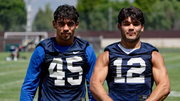
Footage Surfaces of Florida Police Arresting NASCAR Veteran Over Disturbing Public Misbehavior

Browns & Kevin Stefanski Sign Ousted Cowboys Player For Shedeur Sanders Before Week 16 Bills Game
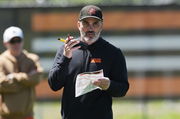
“RIP”: Prayers Pour In as Tom Brady’s Raiders Struck by Tragedy

“Rest in Peace”: Prayers Pour In From Dan Marino as Dolphins Legend Mourns Tragedy in South Florida Football

“What Do You Come Back For?”: Tony Gonzalez’s Strong Retirement Message to Travis Kelce Amid Chiefs’ Rebuild
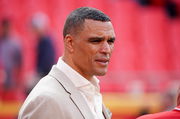
As expected, the move wasn’t appreciated by the brand as they announced their decision “to mutually part ways one year into his sponsorship” that same day, as Kerley was exiting the track. Later, there were also some allegations levelled by Raes Take that indicated ASICS’ underwhelming equipment. Sharing an instance from when the Olympic athlete showed him that his shoes broke after the first practice, Raes opined, “The spikes supposed to be a pair of spikes that they made for him, beneficial for him.”
ADVERTISEMENT
However, if we go back in time, ASICS has backed more than 10 Olympic winners to date, in addition to Kerley. In the 1964 Olympic marathon in Tokyo, Britain’s Basil Heatley and Japan’s Kokichi Tsuburaya sported the brand’s footwear and finished second and third. Then, in 1976, Polish athlete Irene Szewinska had also won the 400 metres event, setting a world record time of 49.28, while wearing ASICS shoes. Moreover, the brand will also serve as the official Australian Olympic Team partner this year (after the 2021 Tokyo Olympics). They will provide sports competition, training and casual gear and footwear to 800 athletes and officials.
Hence, going by the trend, one thing is clear: ASICS isn’t a rookie when it comes to Olympic sponsorships. However, the controversy didn’t end there!
ADVERTISEMENT
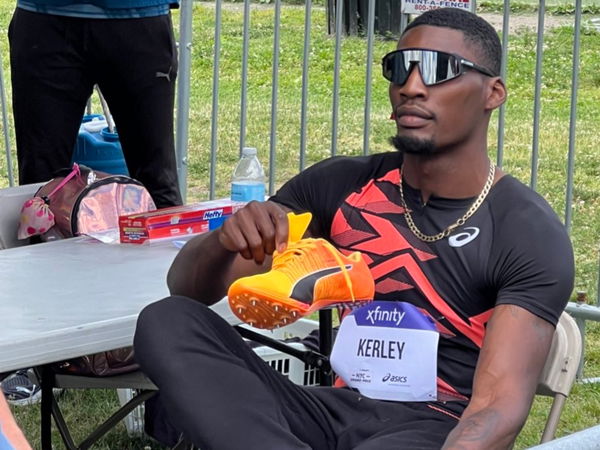
Later, Kerley also tweeted about the situation, criticizing the equipment provided: “High school block at professional meet.” Earlier in the day, he had also posted another cryptic tweet that read, “there is more to something than what meets the eyes.” The nail in the coffin, though, was a video Kerley shared on his Instagram wearing PUMA spikes with the caption, “What’s understood don’t need to be explained.”
ADVERTISEMENT
Perhaps these subtle shoutouts are his way of hunting for a sponsor? While fans await confirmation on Kerley’s sponsor, his attire from Oakley, Inc., the iconic sunglasses brand, paired with Nike spikes, adds intrigue to who will sponsor his Olympic dreams. Will he stick with his old partners or embrace a new dawn with Oakley? Share your thoughts in the comments below!
ADVERTISEMENT
ADVERTISEMENT
ADVERTISEMENT

